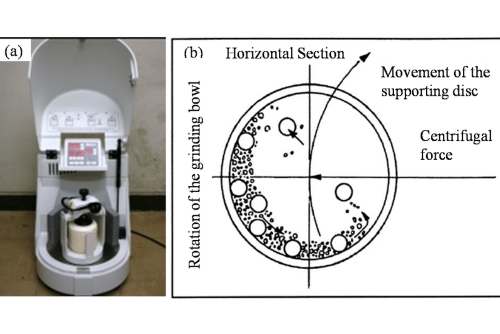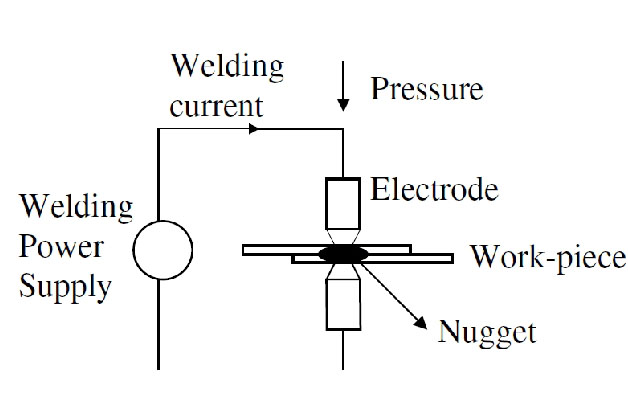Procedure for utilising tantalum sputtering targets in semiconductor coating applications
Introduction
Tantalum is a metal that has been employed in industrial applications for several decades. As electronic devices have reduced in size and increased in complexity, the use of tantalum sputtering targets has grown. In semiconductor manufacturing, even and consistent coatings are required to meet strict performance criteria.
How to Use Tantalum Sputtering Targets for Semiconductor Coatings
1. Sputtering Process Overview
In physical vapour deposition (PVD), ions in a vacuum chamber dislodge atoms from the tantalum target, thereby forming a thin film on semiconductor substrates. The process is conducted at low pressure, typically depositing material at approximately 1 nm/s, and utilises DC or RF power to ensure accurate control.
2. Role in Semiconductor Devices
Tantalum films function as barrier layers that restrict copper diffusion in DRAM and microprocessors and serve as dielectric films in capacitors. Film thickness typically ranges from 20–200 nm. These films exhibit minimal leakage and maintain consistent electrical behaviour, which is important for miniaturised electronics.
3. Material Advantages
Tantalum has a melting point of approximately 3 000 °C and offers excellent corrosion resistance. These properties contribute to an extended target lifespan and consistent deposition, which is beneficial for both batch and mass production.
4. Applications and Results
Chip manufacturers utilise these coatings to achieve improved device performance and ensure stable electrical characteristics in capacitor films. Sputtered tantalum coatings are noted for their even deposition, enduring performance, and reproducibility during processing.
Conclusion
In summary, tantalum sputtering targets provide several advantages for semiconductor coating applications. They produce an even film that functions as a barrier in microprocessors, memory devices, and capacitors. The sputtering process is strictly controlled to maintain film thickness and material integrity. The melting point of approximately 3 000 °C, corrosion resistance and stable performance under thermal stress contribute to their continued use. For further information, please refer to Stanford Advanced Materials (SAM).
Frequently Asked Questions
F: What is the primary role of tantalum in semiconductor coatings?
Q: Tantalum functions as both a barrier layer and a dielectric film in order to maintain device stability.
F: Why is sputtering chosen for depositing tantalum films?
Q: Sputtering provides even and controllable deposition that meets stringent semiconductor manufacturing standards.
F: How does the durability of tantalum affect the sputtering process?
Q: Tantalum withstands high temperatures and maintains consistent performance during extended production runs.

 Bars
Bars
 Beads & Spheres
Beads & Spheres
 Bolts & Nuts
Bolts & Nuts
 Crucibles
Crucibles
 Discs
Discs
 Fibers & Fabrics
Fibers & Fabrics
 Films
Films
 Flake
Flake
 Foams
Foams
 Foil
Foil
 Granules
Granules
 Honeycombs
Honeycombs
 Ink
Ink
 Laminate
Laminate
 Lumps
Lumps
 Meshes
Meshes
 Metallised Film
Metallised Film
 Plate
Plate
 Powders
Powders
 Rod
Rod
 Sheets
Sheets
 Single Crystals
Single Crystals
 Sputtering Target
Sputtering Target
 Tubes
Tubes
 Washer
Washer
 Wires
Wires
 Converters & Calculators
Converters & Calculators
 Write for Us
Write for Us





 Chin Trento
Chin Trento



